 Research led by scientists at Nanyang Technological University, Singapore (NTU Singapore) announced the findings of using non-toxic metals with a new approach to fabricate the capping layer of perovskite solar cells, making the cells more environmentally friendly while maintaining high conversion efficiency.
Research led by scientists at Nanyang Technological University, Singapore (NTU Singapore) announced the findings of using non-toxic metals with a new approach to fabricate the capping layer of perovskite solar cells, making the cells more environmentally friendly while maintaining high conversion efficiency.
Since the first perovskite-based solar cell was published in 2009, scientists have strived to figure out new materials and manufacturing techniques to enhance the efficiency and stability of perovskite cells.
Another cause hindering commercialization is the environmental impact of the toxic elements in the cells. Perovskites can decompose when reacting with moisture and oxygen, exposed to light and heat, or used for an extended time. When the cell is damaged or discarded, the toxic heavy metal lead from the perovskite material and capping layer (coated onto the perovskite layer to protect the cell from environmental stresses and to boost its performance) can threaten the environment.
When the traditional half precursor (HP) method is applied, there is a need to draw lead ions up from the underlying perovskite layer to form the protective capping layer. However, with the FP method, the chemicals in the compound solution can react with each other directly on the surface of the perovskite layer, being more effective.
Using the FP method, the scientists created a 1-inch by 1-inch prototype perovskite cell capped with the zinc-based compound. After being examined with electron microscopy and spectroscopy, they found that the zinc-based capping layer did not affect the electrical properties of the underlying perovskite layer while helping to cover defects on the perovskite layer surface as well as improve its light-harvesting capabilities. In experiments with simulated sunlight, the prototype cell could convert 24.1% of the light to electricity, close to the highest record achieved by perovskite solar cells to date.
The scientists also say that the new method contributes to efforts to make the perovskite layer more environmentally friendly, stable and efficient since it does not require extracting lead ions from the perovskite layer to make the traditional lead-based capping layer, which unlocks new opportunities for applying other materials to reform both the perovskite and capping layers hence optimizes the overall cell performance.
Source: https://solarmagazine.com


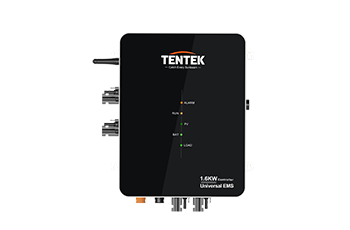
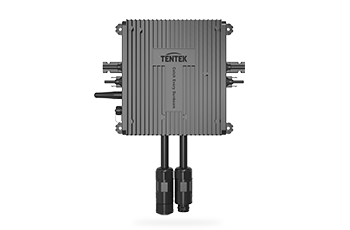

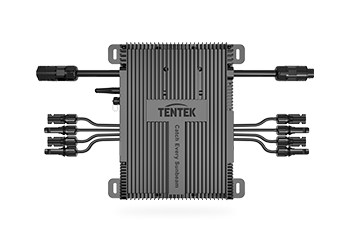
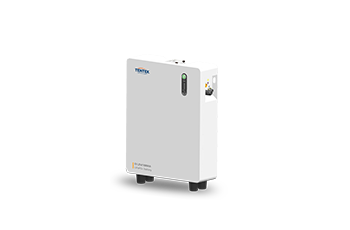
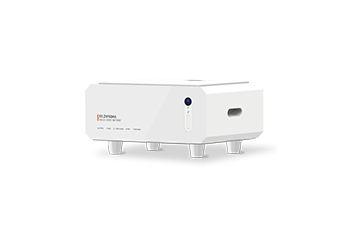
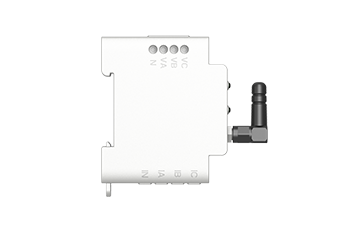
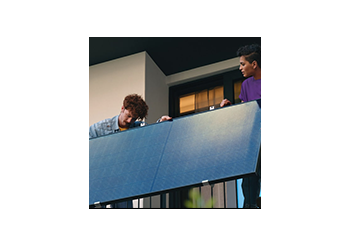
 FAQ
FAQ Download
Download Service
Service Tentek
Tentek News
News Honor
Honor Contact
Contact Message
Message Join
Join